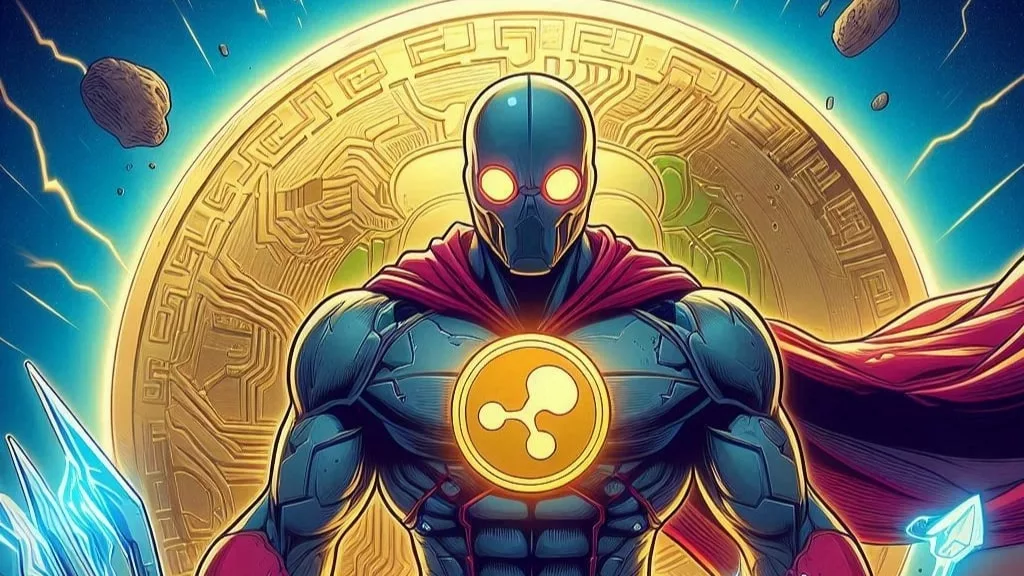
Title: Ethereum’s Struggle with Growing Validator Numbers: A Deeper Look and Solutions
Meta Description: Ethereum’s journey to a more eco-friendly proof-of-stake network has led to a surge in validators, but it comes with challenges. Explore how Ethereum developers are addressing these issues through the EIP-7514 proposal and the latest developments in the crypto space.
Keywords: Ethereum, proof-of-stake, validators, network sprawl, EIP-7514 proposal, staking, crypto news, Optimism network, Coinbase, OP Stack, airdrops, blockchain, Lido, decentralized finance
Ethereum Faces Challenges as Validator Numbers Grow
Ethereum, the world’s most extensive smart-contract blockchain, has marked one year since its successful transition to a more energy-efficient proof-of-stake network, commonly known as the “Merge” event. While this transition has been a significant milestone, it has given rise to a unique set of challenges stemming from its own achievements.
The widespread adoption of staking on Ethereum has led to a proliferation of network validators, and the numbers are staggering. Currently, there are nearly 800,000 active validators on the network, representing a 41% increase since the introduction of staked ETH withdrawals in the “Shapella” upgrade in April.
Ethereum’s Validator Boom
According to a recent report by Christine Kim from Galaxy Research on September 14, if specific assumptions hold, the number of validators is projected to reach a staggering 1 million by mid-November and a mind-boggling 2 million by June 2024. This rapid influx of validators has raised concerns within the Ethereum community.
Kim explains, “Ethereum is getting close to reaching an unsustainable number of active validators. It’s pretty technical, but network ‘latency’ is becoming a key problem. There’s been an increasing frequency of block reorganizations and missed blocks in the first two slots of an epoch, likely due to increasing latency in attestation aggregation.”
The Challenges of Network Sprawl
The rapid expansion of validators on the Ethereum network has not only strained its technical infrastructure but has also given rise to another significant issue. Dankrad Feist from the Ethereum Foundation recently highlighted concerns about the increasing concentration of staking within Lido, the largest protocol for liquid staking tokens.
To address this concern, there is a proposal to decrease the “churn limit” for new validators. While this may serve as a temporary solution, the Ethereum community is actively seeking a more “sophisticated” remedy to ensure the long-term health and decentralization of the network.
Optimism’s Impact on Ethereum
Amidst these challenges, the Optimism network has emerged as a significant player in the crypto space. It is a layer-2 blockchain supported by OP Labs, and its focus this year has been on the OP Stack—a collection of software tools that enable the creation of customized layer-2 solutions built on the Optimism platform.
Coinbase’s Base blockchain, launched just last month, has gained prominence in project rankings, partly due to the popularity of the Friend.tech social media platform. To further boost the momentum of the project, the Optimism Foundation recently made an exciting announcement. They are conducting their third community airdrop, with over 31,000 unique addresses set to receive approximately 19 million OP tokens, valued at a staggering $27 million.
In a world where market fluctuations are the norm, some projects still possess substantial resources, often in the form of tokens, to incentivize users to engage with emerging networks. Additionally, an impressive 570 million OP tokens have been allocated for future airdrops, showcasing the commitment to community engagement.
Optimism’s Token Sale Success
On Wednesday, September 20, Optimism conducted a token sale that generated 116 million OP tokens, equivalent to a remarkable $162 million in value. This sale involved seven buyers, and the acquired tokens will be locked for a two-year period. During this lockup period, token holders have the option to delegate their tokens to a third party for participation in governance activities. These tokens represent 30% of the initial OP token supply.
The crypto space continues to evolve, with Ethereum at the forefront of innovation and challenges. As the network grapples with the surge in validators and concentration of staking, the Ethereum community, alongside projects like Optimism, is actively working on solutions to ensure the longevity and sustainability of this groundbreaking blockchain.
In conclusion, Ethereum’s journey to proof-of-stake has brought forth both triumphs and tribulations. As the network sprawls with validators, the crypto community eagerly watches for the implementation of proposals like EIP-7514 and the continued growth of projects like Optimism, which play a pivotal role in shaping the future of blockchain technology.


Get the latest Crypto & Blockchain News in your inbox.